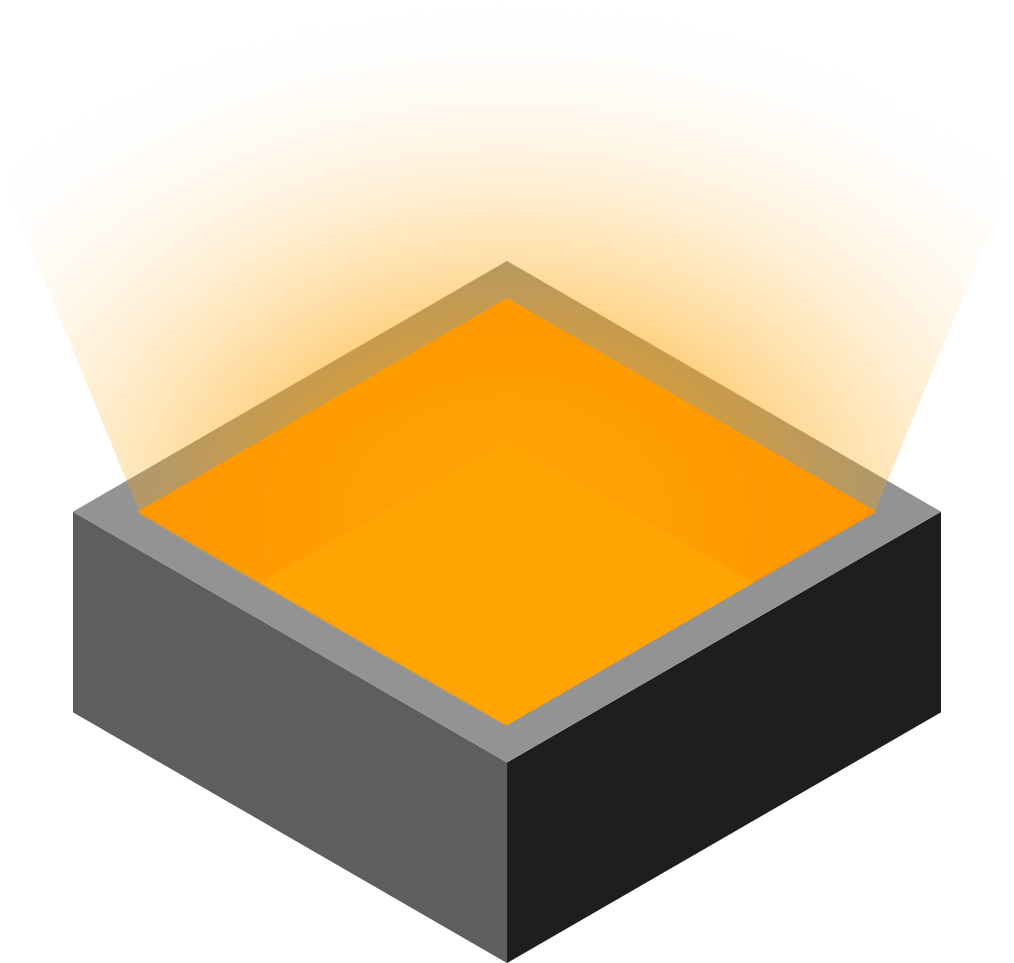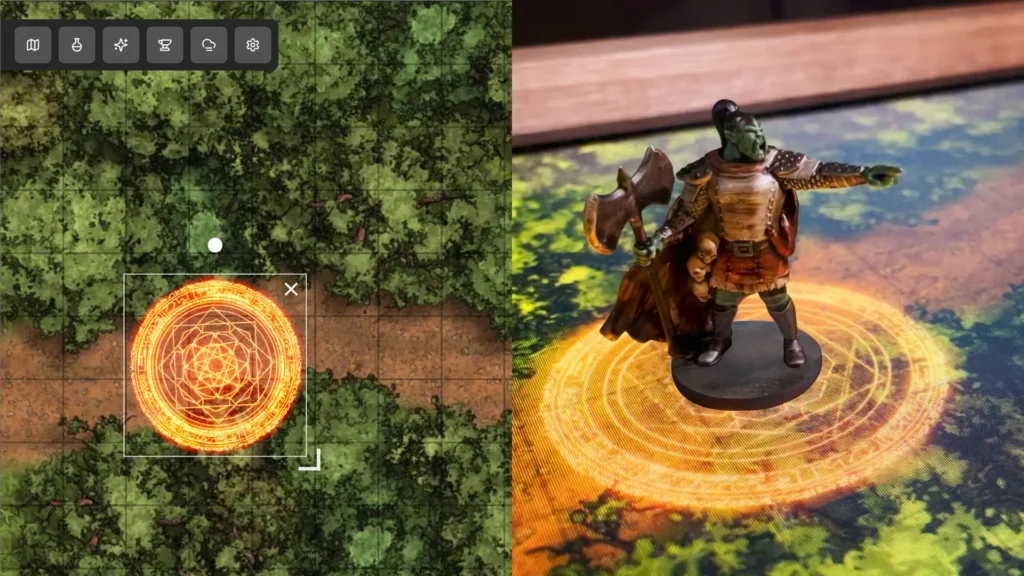When I was invited to play DnD for the first time, I wasn’t even sure if I’d enjoy the game. After creating our characters, we had a quick session and before I knew it, I was caught up in the action. That first session was all theatre of the mind, and even though it was entirely spoken action with no visuals, I was able to picture every last detail of that world. I also really enjoyed the comical side, the roll of the dice. Maybe I’ll roll a nat 20 and slay this mighty enemy with a flourishing attack, or maybe… it’ll be a nat 1… and I’ll simply stumble and gently caress the orc’s face as I fall past him. Feeling the roll of the dice in my hand, and watching these events unfold before me, was so unlike any gaming experience I’d had before. Video games are bursting with spectacle, but they just don’t have those magical lightning-in-a-bottle moments like tabletop RPGs, the sheer joy shared with friends.
After finding my footing, I found there were some things I just couldn’t keep track of. Getting into the nitty-gritty of combat with speeds and ranges, it became important to know exactly where my allies, my foes, and I were positioned on the battlefield. DnD is rules intensive, and it became difficult to maintain my mental recreation of the space while tracking stats, figures, statuses. Add to that the fact that each player had their own vision and saw the same things differently in our own minds. I have an active imagination but as a developer I am quite mathematical too, so I like to have a registration point, a base to build from, to help players focus and stay aligned.
Credit to our DM for the work he put into bringing the story to life, the preparation and the patient education of a party of all new players. He took our comments on board and had some interesting ideas in store. For our next session, to our surprise, he produced a paper map – a hand drawn castle with multiple entrances, broken up into room size pieces that could be revealed as we explored – and a selection of painted buttons, to use as minis. Amazing, all my questions were suddenly answered – locations, distances, the state of play, and a single focal point for all players’ imaginations to start from. Now it was easy to agree on the basics and concentrate on the storytelling, the action!
The paper map was an absolute blast, but it also got my web developer-brain turning. Had anyone designed a site where you could use digital maps, displayed on a screen? A quick Google search later and I saw this definitely was a thing, with so many videos of game tables and wooden box frames built to house monitors for this exact purpose. I asked our DM if he would want to use one of these screens-in-a-box, and he was keen to see what we could come up with. Within 24 hours I had constructed my first gamebox – a simple wooden frame housing a 27-inch monitor flat on the table.
At our next session, the DM threw up a few simple JPEGs of battle maps, one of the town map, and it worked a treat. The transition between maps though, felt clunky, less immersive even than the basic pen and paper map. There’s something about opening up the Pictures folder underneath your feet that takes you out of the world of whimsy for a moment. I felt like it could just be… better. And a little bit bigger. Soon enough I’d built Version 2 of the gamebox, holding a 32-inch screen, which was an immediate improvement, but we didn’t end there.
My DM told me about some of the Virtual Tabletop platforms out there that could be used to speed up the process of displaying maps on a monitor, but looking through the heavy hitters, I realised they excel really, specifically, at online play. They are also used for in-person play, tables like ours, but they’re not built for purpose and have their downsides. The major one for me was single screen share, where everyone can see the mouse and menus the DM is looking through. To get around this, some tables had one player log in on a second account and connect that to the monitor, requiring an additional computer, keyboard, and mouse. It felt like an endless barrage of workarounds for something that should just be simple. They also prioritise many features that we didn’t need, like tokens, dice-rolling, character sheet tracking – and features that we just straight could not use, like fog of war based on characters’ line of sight. We didn’t need a VTT, we needed a Digital Tabletop.
I thought, I can build a simple web app that enables and empowers DTT play, without all the fluff needed for VTT play. Those features are all great for those who need them, but why does everyone else deal with an imperfect solution? Square peg, round hole! I hadn’t found anything that suited in-person TTRPG tables that use a digital screen, like ours.
Standing there, staring at v2 of my gamebox, the idea of Gamebox.AU was born.

